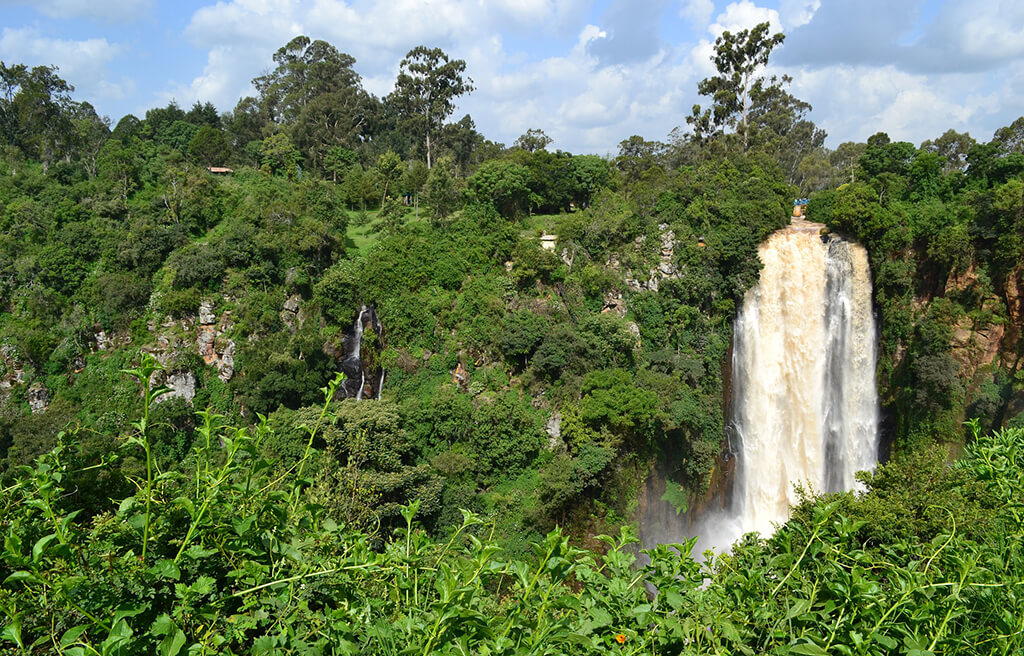Tucked away on the western escarpment of the Great Rift Valley lies one of Kenya’s most important, but often overlooked ecological gems: the Cherangani ecosystem. Stretching across Elgeyo Marakwet, Trans Nzoia, and West Pokot counties, this lush expanse of montane forest plays a critical role in water supply, climate regulation, biodiversity conservation, and cultural heritage. Yet today, this vital water tower stands at a crossroads, its future threatened by human and environmental pressures. Cherangani Hills form the headwaters of two major river systems, the Nzoia river, which flows into Lake Victoria, and River Turkwel, which drains into Lake Turkana, also serving millions of Kenyans with water for agriculture, hydroelectric power, and household use. Beyond its role as a water catchment, the forest helps stabilize rainfall patterns, store carbon, and prevent soil erosion on the steep escarpments. In short: when Cherangani thrives, people thrive. Cherangani is not just any forest. It is a biodiversity hotspot, home to ancient stands of Podocarpus, Juniperus, and Hagenia trees, alongside elephant grass meadows, bamboo thickets, and montane grasslands. Wildlife ranges from black and white colobus monkeys and bushbucks to the occasional leopard, while endemic birds and butterflies flit through the canopy. As one of the last remaining intact montane forests in Kenya, second only to the Aberdare Ranges – it serves as a living museum of East Africa’s ecological heritage.
For centuries, the Sengwer indigenous peopled Cherengani indigenous people (IPs) have called the Cherangani Hills home. Their traditional knowledge of forest management, sacred sites, and herbal medicine makes them natural stewards of this landscape. Yet instead of recognizing their guardianship, state-led conservation efforts have repeatedly evicted Sengwer families from their ancestral lands. International human rights organizations and UN bodies have condemned these forced removals, and a growing movement for rights‑based conservation now demands the Sengwer’s free, prior, and informed consent (FPIC) in any forest governance. Despite its global significance, this ecosystem is under siege. Illegal logging and charcoal production gnaw away at its forests, while population growth and weak land‑use planning push farming and settlement into its most fragile areas. Changing rainfall patterns, prolonged droughts, and an uptick in forest fires further undermine the forest’s ability to regenerate. Coupled with inconsistent enforcement of forestry laws, these threats risk a collapse of the ecosystem, and with it the water, climate, and cultural benefits it provides.
Thankfully, efforts to save Cherangani are underway. The Kenyan government, through agencies such as the Kenya Forest Service and the Ministry of Environment, has made the hills a priority in its national water tower rehabilitation program. In partnership with the World Bank, UNEP, FAO, and local NGOs, initiatives are focusing on large‑scale reforestation, agroforestry schemes that integrate trees with crops, and community‑led forest management. A key pillar is securing indigenous land rights, ensuring that forest‑dependent communities become co‑creators of conservation rather than its casualties. Securing the future of Cherangani demands a holistic, inclusive approach. Indigenous land tenure must be legally recognized, and communities must have seats at decision‑making tables. Investments in sustainable livelihoods; from eco‑tourism to shade‑grown coffee can reduce pressure on the forest while improving local incomes. Modern monitoring technologies, such as satellite mapping and community‑based patrols, can help track forest health in real time. Above all, fostering youth and women’s leadership will drive the long‑term stewardship this ecosystem needs.
The Cherangani ecosystem may seldom make international headlines, but its fate will shape the future of the Great Rift Valley and beyond. Whether you are a policymaker, conservationist, student, or simply someone who cares about nature, you have a role to play. Share your story, photos, or ideas; support organizations that practice rights‑based conservation; and raise your voice for the Sengwer and all who depend on Cherangany’s forests. Together, we can ensure that this green sanctuary endures for people, wildlife, and the planet.


Comments are closed